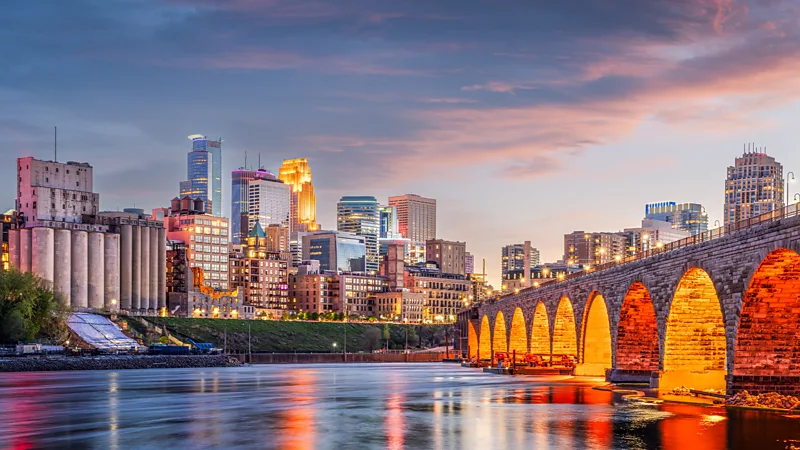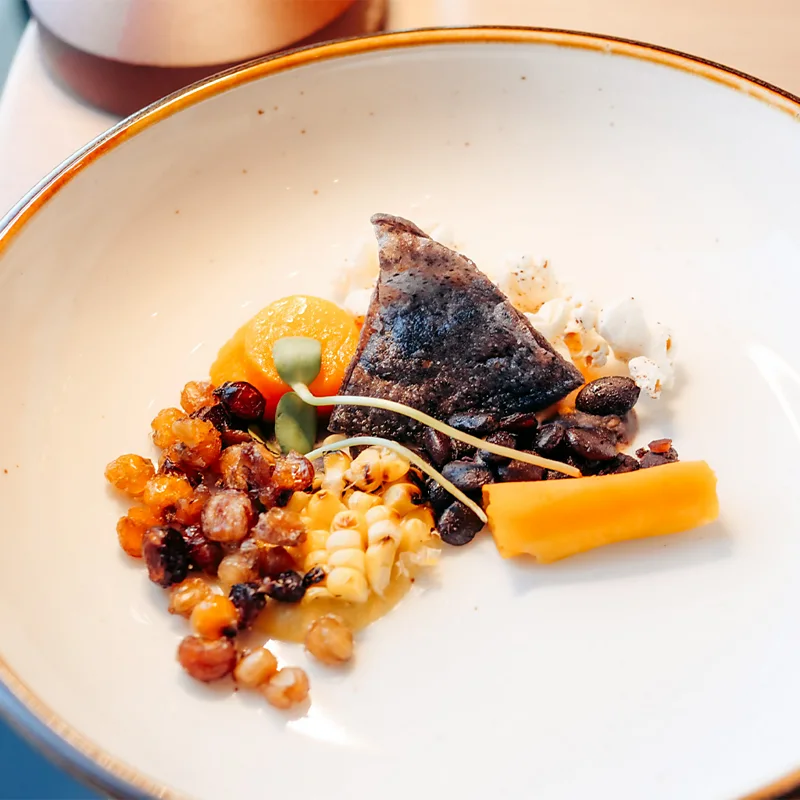
The Twin Cities of Minneapolis and Saint Paul, once at the forefront of the modern fight for Native American rights, are now experiencing a vibrant Indigenous cultural renaissance. This resurgence is rooted in the rich history of the Dakota people, who have called this region home for thousands of years.
At the heart of this cultural revival lies Bdote, “the place where the two rivers meet,” where the Minnesota and Mississippi rivers converge. Considered the sacred center of the Earth and the birthplace of the Dakota people, Bdote also bears witness to one of the most tragic chapters in their history. In 1862, facing starvation and displacement by white settlers, a group of Dakota attacked white settlements, sparking a five-week war that led to the forced relocation of the Dakota to reservations. Bdote became a mass grave, where 38 Dakota men were hanged and hundreds died from disease and malnutrition during the harsh winter.

Nearly a century later, following the Indian Relocation Act of 1956, many Dakota began returning to the area. Today, the Twin Cities offer a unique opportunity to explore modern Native culture in the United States.
The cultural revival was fueled by decades of discrimination and hardship faced by Indigenous communities after the Relocation Act. Mike Forcia, a member of the Bad River Band of Lake Superior Chippewa, recalls his family’s struggles to find stability in inner-city Saint Paul. “We were told we were free and to assimilate,” he said. “That was so hard for some of our people, and many turned to drugs and alcohol.”

Indigenous communities also faced immense discrimination. In Minneapolis, Franklin Avenue, once the heart of the Indigenous community, was plagued by police brutality and racial profiling. In response, the American Indian Movement (AIM) was founded in 1968, becoming a driving force behind the modern Indigenous civil rights movement.
AIM’s legacy continues to shape the Twin Cities today. Prominent local leaders like Lieutenant Governor Peggy Flanagan are working to protect and highlight Indigenous culture. Native artists, chefs, authors, activists, and community workers are creating spaces of healing, reconciliation, and storytelling to restore ancestral traditions.
The heart of Minneapolis’ contemporary Indigenous community is Franklin Avenue East, where vibrant Native-designed street art adorns the buildings. Nearby, Birchbark Books, opened by author Louise Erdrich, showcases Native American authors and crafts.

Chef Sean Sherman, a member of the Oglala Lakota Sioux, is leading a revolution in Native cuisine. His restaurant, Owamni, serves dishes made exclusively with pre-colonial ingredients, reflecting regional Indigenous traditions.
Owamni overlooks Owámniyomni, a sacred site of Dakota rituals and treaties. The river’s natural flow was altered in the 1870s, desecrating the land and islands. Owámniyomni Okhódayapi, an organization dedicated to restoring the falls and celebrating Dakota culture, offers guided tours and interpretive walks.
Learning From Place: Bdote is another opportunity to explore Dakota history. The tour includes visits to Fort Snelling State Park, the Indian Mounds Regional Park burial site, and Oȟéyawahe/Pilot Knob Preservation Site.

As the Twin Cities continue to embrace Indigenous culture, visitors can experience a unique blend of history, art, food, and storytelling. By engaging with the Native history and culture of the area, visitors can gain a deeper appreciation for the resilience and richness of Indigenous traditions.